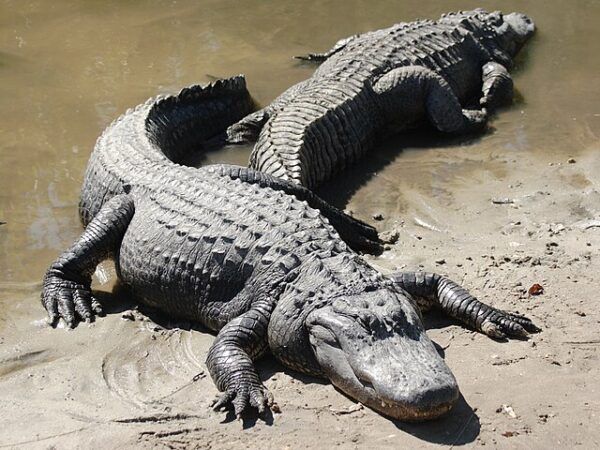
A new kind of human may have been uncovered in China, and it’s taken the scientific world by storm.
CNN writes that “an ancient skull dating back 300,000 years is unlike any other premodern human fossil ever found, potentially pointing to a new branch in the human family tree, according to new research.”
An international team of researchers from China, Spain, and the United Kingdom excavated the skull in the Hualongdong region of eastern China in 2015, along with 15 other specimens. They are all considered to be from the late Middle Pleistocene period, a period spanning from around 300,000 years ago.
The research was published in The Journal of Human Evolution on July 31.
The fossils, called HLD 6, that archeologists uncovered at the site look human, and have all of the key indicators that they belong to a species of human, but it’s totally unclear which species that is, the study says (in far more complicated terms). The researchers found an almost-complete mandible and partial cranium that appear to fit together as a skull. Several leg bones were also uncovered, explained The Daily Caller.
But the mandible (jaw) has traits that seem to belong to both early and ancient humans, such as Neanderthals, something that hasn’t been seen before. “The weak expression of all these features indicates that this mandible does not possess a true chin,” the authors note, suggesting that the remains belong to someone who was more closely related to ancient humans than modern species.The State Department received talking points about Zlochevsky from then-VP Biden’s communications staffer Kate Bedingfield on Dec. 6, 2014, according to internal emails released by the Senate Committee on Homeland Security and Government Affairs.
The discovery and accompanying data has changed the “traditional” view of human evolution, pushing the timeline on early modern humans back further than initially assumed, the Debrief noted.
Many “late Middle Pleistocene hominin fossils have been found in China” over the last 50 years, cultivating a lineal and uniform evolution of humans. These individuals were believed to be the intermediate species between the now-extinct Homo erectus, and early modern humans.
“The hominin fossil discovery and related studies in the last decade have changed this traditional view on the evolution pattern of the late Middle Pleistocene hominins in China radically,” the authors noted.
During the Middle Pleistocene, the Earth’s climate continued to oscillate between colder glacial periods and warmer interglacial periods, much like the rest of the Pleistocene. Notable events during the Middle Pleistocene include several major glacial advances, with ice sheets expanding and covering significant portions of the Northern Hemisphere.
Throughout the Middle Pleistocene, various hominid species, including Homo erectus and eventually early forms of Homo sapiens, inhabited different parts of the world. These early humans adapted to changing climatic conditions and developed tools and technologies that aided their survival.
[Read More: Florida Town Being Overrun By Most Adorable Invasion Ever]










How about giants from the BC era OT Bible era,??